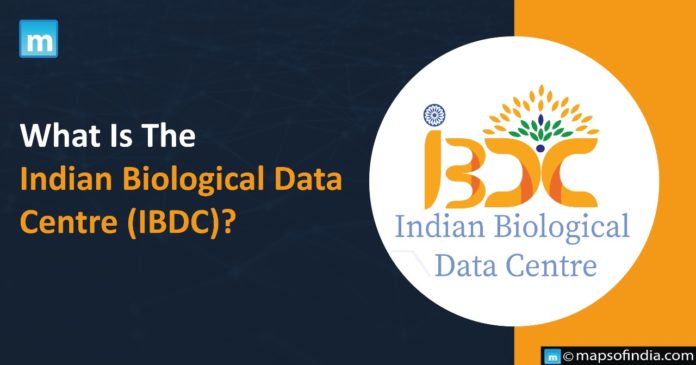Indian Biological Data Center (IBDC) serves as India’s first nationwide depository for biological research data. Data may be accessible by academics besides being submitted from all over the country. All physical data produced by publicly sponsored research in India must be archived in the IBDC.
The Department of Biotechnology under the Ministry of Science provides funding for the data centre. In association with the National Informatics Centre (NIC), it has been built at the Regional Centre Biotechnology in Odisha. The setup expenditure was around 80 crore rupees.
Key features of the scheme
The four petabytes supercomputer processor was used to store the digitised material. 10,000 gigabytes make up one petabyte. Typically, separate IBDC departments would handle various varieties of scientific data. There would be a specific data collection and access structure for each IBDC segment. At NIC, IBDC maintains a backup data “Disaster Recovery” portal. Additionally, IBDC will provide well-curated sets of data to aid in exploring new information across various life sciences fields.
Furthermore, it would offer the necessary infrastructure and knowledge to analyse biological data. Nucleotide sequences, the digitalised genetic material of people, vegetation, creatures, and microorganisms, are now accepted. The “1,000 Genome Project,” a worldwide initiative to study human genetic variants, has translated 200 billion nucleotide bases data, including 200 genomic sequences.
The research also pays attention to groups more likely to contract particular illnesses. Additionally, it supports zoonotic disease research. Even though the database only takes these genetic sequences at the moment, it is anticipated to subsequently expand to the storage of sequence information and imagery data, such as duplicates of ultrasonography and MRI scans imaging.
Goals of the scheme
Establish an IT infrastructure for the nation’s eternal storage of biological data. Additionally, the creation of standard operating guidelines for the FAIR (Findable, Accessible, Interoperable, and Reusable) principle of transmitting data and storage.
Perform product testing, data filtering and tagging, offsite replication, and information life cycle administration. In addition, the Creation of web-based tools and APIs for information retrieval and sharing. It also aids in organising training courses on the analysis of “big” data and the advantages of sharing data.
Data Availability: IBDC would primarily use two forms of data access:
Open access: By global open-access principles, data uploaded to IBDC will be readily accessible anywhere. However, the submitter can limit network connectivity for a predetermined time.
Controlled access: The information wouldn’t be made readily available. It can only be viewed with the initial data submitter’s prior consent via IBDC.
Importance of the scheme
It will lessen Indian scholars’ reliance on European and American data banks. In addition to giving scholars a platform to safely keep their data domestically, it will also give them access to a sizable library of indigenous genomes for analysis. These databases have long been essential in identifying many diseases’ genetic causes and potential vaccination and treatment targets.




